2020 Mazda MX-5 Miata Vs 2020 Toyota 86 Comparison

The joy in editor Sebastien Bell’s face is clear from 50 yards away. It’s a no-Insta-filter-necessary sort of Monday morning, and he’s practically floating in his seat as the red convertible rolls my way. Is this affordable sports car head-to-head over before it’s even begun?
In the red corner, we have Seb’s chariot of choice, the Mazda MX-5. The quintessential small convertible got a bump in power last year, while maintaining one of the best-balanced drives out there. In the blue corner, Toyota’s 86 has remained largely the same since it arrived from moribund Scion. It’s an affordable sports coupe with a crazy-low center of gravity and the same classic front-engine, rear-drive layout as the Miata.
Get a Quote on a New Mazda MX-5 Miata or Toyota GR86We last paired these two off in 2017, for a track battle between the 86 and the MX-5 in RF form. This time around we stuck to public roads. This comparison comes down to smiles per hour, all for less than the median new-car price.
Powertrain and driving feel
I start in the 86. Yes, the basic recipe has been the same since before Mitt Romney told us about his binders full of women: a small five-horsepower bump to 205 for manual-transmission cars in 2017 hasn’t changed much. The little 2.0-liter boxer-four continues to breathe without turbos, leaving it light on torque, especially in the mid-range. To some, that’s already a drawback: seemingly even Toyota and Subaru agree, since a recent leak suggests the GR86 replacement will go turbo.
Maybe it’s the late summer sun talking, but I’m going glass-half-full here. The 86 feels familiar with a twinge of nostalgia, like an old friend you haven’t seen in a decade yet takes only minutes to be back up to speed. It’s mechanical in a way few modern cars are—yes, even the Miata. That extends not just to the engine, but the weighty steering wheel, the robust shifter, and … the noise. You hear everything in the 86. The Toyota’s red crackle-finish cylinder heads are nods to Ferrari, and we both think it remains a very cool look. But the noise the boxer produces reminds us of another Italian: Lamborghini. Only its tractors.
“The sound is angry and tough and not wholly unpleasant,” says Sebastien, “but if this is a car that’s supposed to be easier to live with then the drivetrain is at odds with that.”
Compounding the issue is the stiff suspension. It means that you’re crashing about everywhere, slamming gears, and surging forward during gear changes. Back over to Mr. Bell: “Chris Harris once famously called this a ‘ten tenths’ car and I agree, but I would counter that it’s almost exclusively a ten tenths car. It wants to be driven at the limits and seems angry in any other circumstances.”
Indeed, when you’ve got the ability to let it out, the 86 sings. It has the innate, low-center-of-gravity balance that you typically find in vastly more expensive machinery, and sticky Michelin PS4 tires ensure it has more than enough grip. The question is whether you can abide the times the 86 can’t be full-tilt.
The MX-5 includes you in the fun just as intimately as the 86, but without all the histrionics. Its twin-cam sound brings to mind classic Alfas, singing sweetly to that 7,500 rpm redline.
The steering is lighter but just as communicative. The Toyota boasts of a short-throw shifter, but its clutch is the opposite of that. The Miata’s, meanwhile, is short yet friendly. Smooth shifts are natural with the Miata, whereas you need to work with the Toyota’s ‘box to really nail them, especially first to second.
It’s no secret the Miata is softly sprung, soft enough to soak up the bumps of Canada’s frost-pocked roads. It is, frankly, a nice change of pace. A softly sprung sports car is such a relief and it makes sense in a roadster. Top down, sun out, you can glide effortlessly across town, with your sunglasses on and your spine unbroken. Sebastien expands:
“The natural argument against this is grip. Ultimate grip is, ultimately, sacrificed. But here’s the thing. I don’t care. A, this isn’t a track test and B, even if this were I wouldn’t be too concerned.”
Fun isn’t measured in track times. We often forget about the data that we consume so ravenously that numbers aren’t conclusions. Metrics aren’t the end of the story. A soft suspension means that when the Miata breaks tractions, it’s easy to gather up and control. It also means that the Miata feels like less of a sacrifice. A quick steering rack, a dearth of weight, a manual transmission, and a chassis that makes you feel like part of the driving experience all lead to driving fun. And driving fun everywhere. B-roads, A-roads (whatever those are) and even city streets are a joy in the Miata.
Bottom Line: The 86 is the racier of the two, but the Miata feels better suited to the road. It’s softer, a lot softer, and we don’t doubt that would count against it in matters of lap time. But this being a road test, it’s the more enjoyable ride. Plus it has the better engine and transmission. The Miata scores first blood.
Fuel economy
Why are we including fuel economy figures in a sports car test? Because these are affordable options, and could conceivably be someone’s only car. Okay, maybe not the Miata, at least unless said person is, in Sebastien’s words, “deeply single.” He expands: “You’re unlikely to be able to get away with just owning a Miata, but a lot of people could get away with just owning an 86. I know some of them personally. And what is life if not simply a search for new hobbies with which to combat the unbearable volumes of time.”
The 86 doesn’t claw back any lost ground here. Its boxer engine is surprisingly thirsty for something producing just 205 hp. The EPA quotes the manual at just 24 mpg combined, split between 21 city and 28 highway. Canadian NRCAN figures are 11.2/8.3/9.9 L/100 km. As the steward of the 86 for most of its week with AutoGuide, I did better the average, posting around 26 mpg (9.0 L/100 km), with an even split between highway and city driving.
That’s the figure the EPA quotes for the Miata’s city mileage. For the manual, you’re looking at 34 mpg on the highway. The overall average is 29 mpg; the Canadian equivalents are 9.0/7.0/8.1. Presumably, top-down driving eats into those highway figures, but either way, you’re looking at significant savings at the pump with the little Mazda.
Bottom Line: It’s an easy win for the Miata here.
Interior and Cargo Space
The 86’s interior is chock-full of Alcantara, which puts it ahead after disappointing in the last two categories. It feels good, and those heavily bolstered seats are the perfect backside companions when the road gets twisty. The dash design is looking mighty dated these days, but that soft-touch material over the instrument panel and ahead of the passenger helps. Toyota’s steering wheel is the right size for a sports car, and the white tachometer sits at the proper 12 o’clock position. The essentials are all in place for spirited driving.
Oh, and there’s actually a back seat. It’s not for adults—or even really kids—but it exists. The Miata can’t compete there, nor can it with its tiny trunk. The 86’s is bigger, meaning the Toyota can function as an everyday driver. So can the Miata, so long as you don’t have to transport more than one person and about 48 hours of supplies for the both of you.
From a design aspect the Miata has the older Toyota licked, however. It’s the same basic look that Mazda has been doing for ages, because it works. A trio of round dials ahead of a great-to-hold steering wheel, a similar number of similarly-shaped air vents, and yet three more round controls for the climate controls below. There’s little frippery, beyond the fragile-feeling cupholder. My better half did complain about the strange shape of the passenger footwell, though.
The Miata’s cloth seats look pretty basic, but are actually very comfortable.
Bottom Line: We both prefer the simple interior styling of the Miata, but there’s no arguing it’s the less practical car. The Mazda’s tiny trunk, lack of back seat, and an odd lump in the passenger footwell all conspire to hand the category to the 86.
Technology and Features
Neither of these playthings are what you’d call high-tech. That’s not their raisons d’être. The technology present is here to enhance the driving experience, or offer the basic niceties to make rush hour tolerable.
Both the 86 and MX-5 feature 7.0-inch infotainment screens running older versions of their parent companies’ respective systems. Toyota updated the 86’s system this year, adding in Apple CarPlay and Android Auto, which we’d recommend sticking to if you can help it. Same too with the Miata: the MZD infotainment isn’t as snappy as the latest system in the CX-30, but it too offers smartphone integration for both major platforms.
Our testers exist on either side of their respective trim trees, making them close on cost but not on features. The Miata is the Canadian entry-level GS trim (roughly equivalent to the US Sport), which means no big, sticky tires, no limited-slip diff, not even satellite radio. There are heated seats though—not that we need them during this September week. The six-speaker sound system is simply fine. The Miata’s climate control is manual, something I can’t remember seeing on a press car this year.
The 86 does include some additional niceties. There’s dual-zone automatic climate control, for starters, and it blows the sort of chilly air a Wampa would find comfy. Its eight-speaker sound system is the better of the two, in terms of quality and quantity of sound. The back-up camera is still the hilariously tiny feed within the rearview mirror housing, however. And that’s pretty much it in terms of active safety. Meanwhile, all MX-5 models come standard with blind-spot monitoring, rear cross-traffic alert, lane departure warning, and automatic emergency braking.
Bottom Line: We’re calling this a draw. The 86 has a better sound system and more effective climate control, but the Miata has a far better suite of safety features.
Styling
Both the 86 and Miata are unique in the modern automotive landscape—ignoring their respective Subaru BRZ and Fiat 124 siblings, of course. Small coupes are effectively gone, and nobody has been able to mount a successful attack on the MX-5’s little roadster dominance in decades. That makes it hard to directly compare their styling, but certainly not impossible.
The GT trim does some of the best work it can with the 86 shape. The Hakone Edition has the better color scheme—green and gold, hell yes—but even the dark blue of our tester is eye-catching. Sebastien isn’t quite so convinced:
“The styling also just isn’t for me. Sure, the profile is correct, but there’s something about that cheap little spoiler, the oddly-shaped headlights, and the tail that steps and extends until it ends inconclusively,” he explains. “I’ve seen modified versions that look pretty good, but from the factory, this is completely outgunned by the Miata.”
It’s hard to remember now, but the ND seemed like a drastic departure when it launched half a decade ago. That squinty face, big smiling grille, and especially the rear taillights all felt alien at first. Now though, it looks organic and almost impossibly compact. People mimic that grille when they see it drive by. The squat rear design suggests power, but not too much. Soul Red is also possibly the best red in the business, which doesn’t hurt.
Bottom Line: The usual beauty-is-in-the-eye disclaimer here, but we both prefer the MX-5’s styling. It’s sharp and smiley, with an organic look all its own and yet still recognizably part of the MX-5 lineage. The Miata is like Danish furniture, combining all of the best parts of the mid-century with modern cleanliness. And in both roadster and semi-coupe RF form it looks purposeful and cohesive.
Pricing
As mentioned earlier, these two sit at very different points on their respective trim ladders. The Miata is the starting point of ND ownership, whereas the 86 is the top of the pile (not counting the limited Hakone edition).
This puts them within spitting distance of each other. As equipped, our ND tester slips in at $29,470 ($35,400 CAD), including destination. The only option is that stunning Soul Red paint. The 86, on the other hand, rings up at $31,185 ($36,220 CAD). It’s richer, but you are getting more car and more content for that sticker.
Bottom Line: As tested the Miata undercuts the 86, but the stuff-per-dollar ratio favors the 86. We’re calling this a draw too.
Verdict
By the end of the week, we both were smitten with the Miata. It’s a joy to drive, whether you’re out for a Sunday cruise or attacking the nearest set of switchbacks. The MX-5 is roly-poly compared to the Toyota, but it works for the little roadster. It’s so light that the body lean helps telegraph where the limits lie. We even appreciated the base trim.
So why even look at the 86? Well, a look at your nearest local 86, FR-S, or BRZ is all you need. We defy you to find a stock one. It simply cannot be done. They are as much a canvas on which to express your automotive artistry as they are a sports car.
Oh, and you can actually store more than a few days’ worth of groceries in it. You’re unlikely to be able to get away with just owning a Miata, but a lot of people could get away with just owning an 86.
Seb sums things up succinctly: “I’d prefer to own a Miata, but I prefer to live in a world that also has the 86.”
Luckily, we’re in a world where they both do. For us, the Mazda’s strengths outweigh its weaknesses, and it shines brighter more of the time than the 86. It’s the winner here.
Become an AutoGuide insider. Get the latest from the automotive world first by subscribing to our newsletter here.

Kyle began his automotive obsession before he even started school, courtesy of a remote control Porsche and various LEGO sets. He later studied advertising and graphic design at Humber College, which led him to writing about cars (both real and digital). He is now a proud member of the Automobile Journalists Association of Canada (AJAC), where he was the Journalist of the Year runner-up for 2021.
More by Kyle Patrick



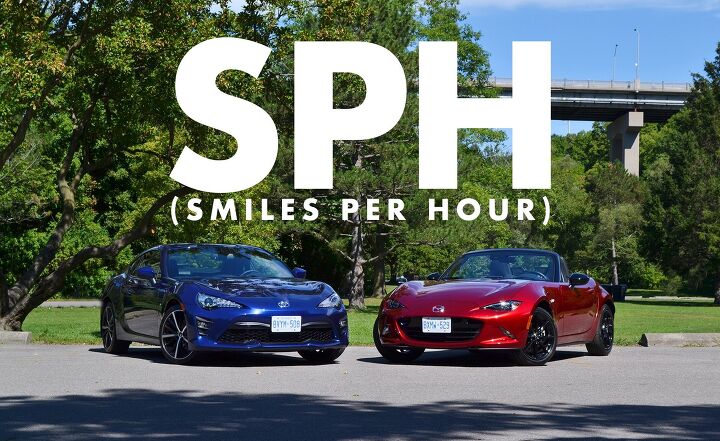



























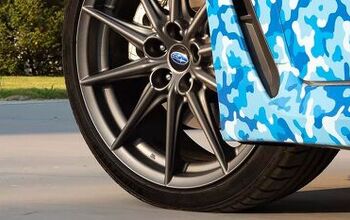
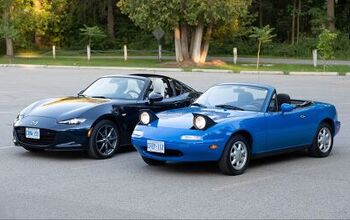
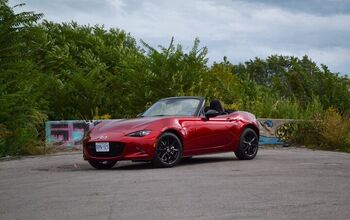

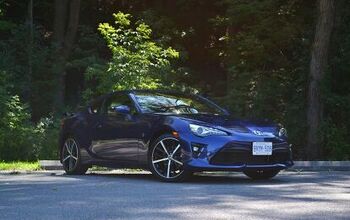
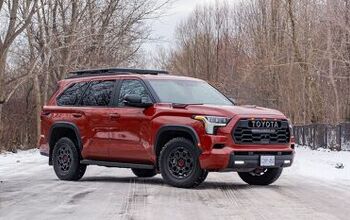
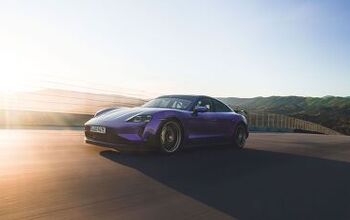

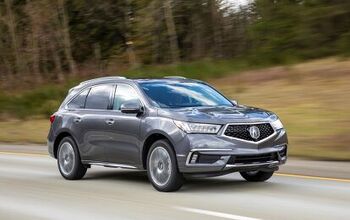

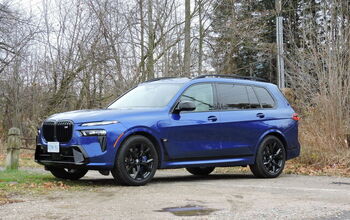
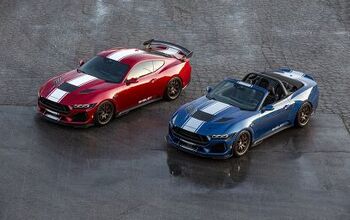
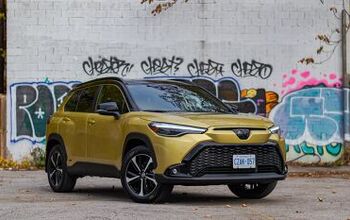

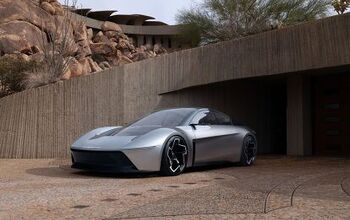
Comments
Join the conversation